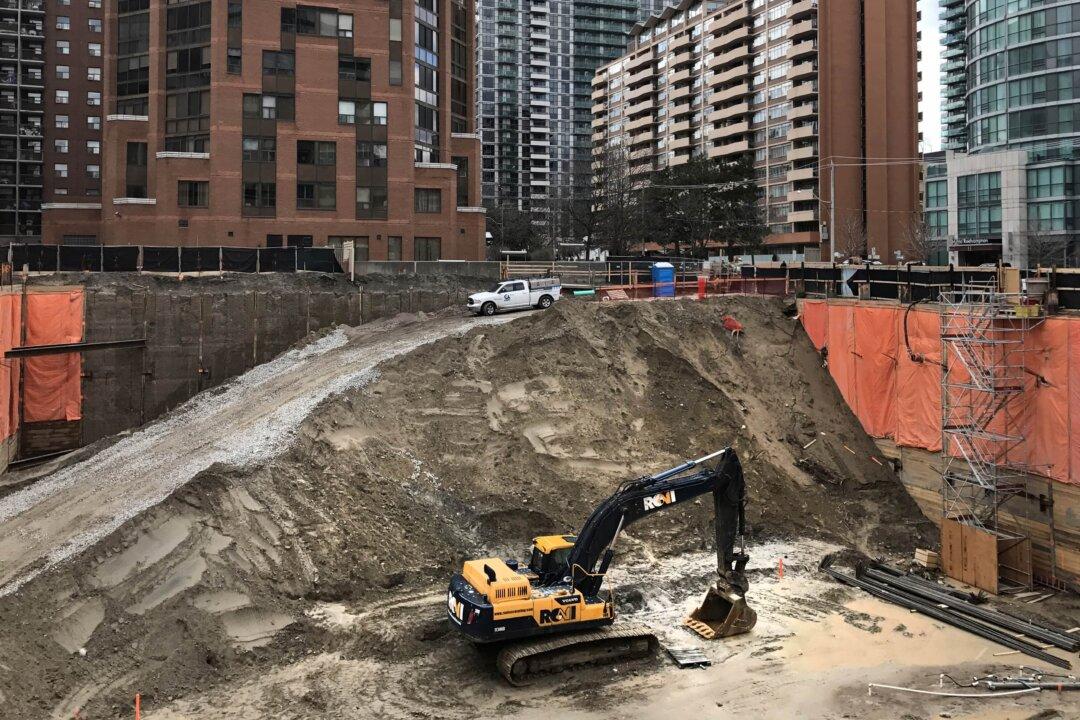National housing starts saw a 7 percent decline in 2023 compared to the previous year, according to a recent report released by the Canada Mortgage and Housing Corporation (CMHC).
The drop is significant in the context of Housing Minister Sean Fraser’s commitment to accelerate the pace of home construction, as first covered by Blacklock’s Reporter.





